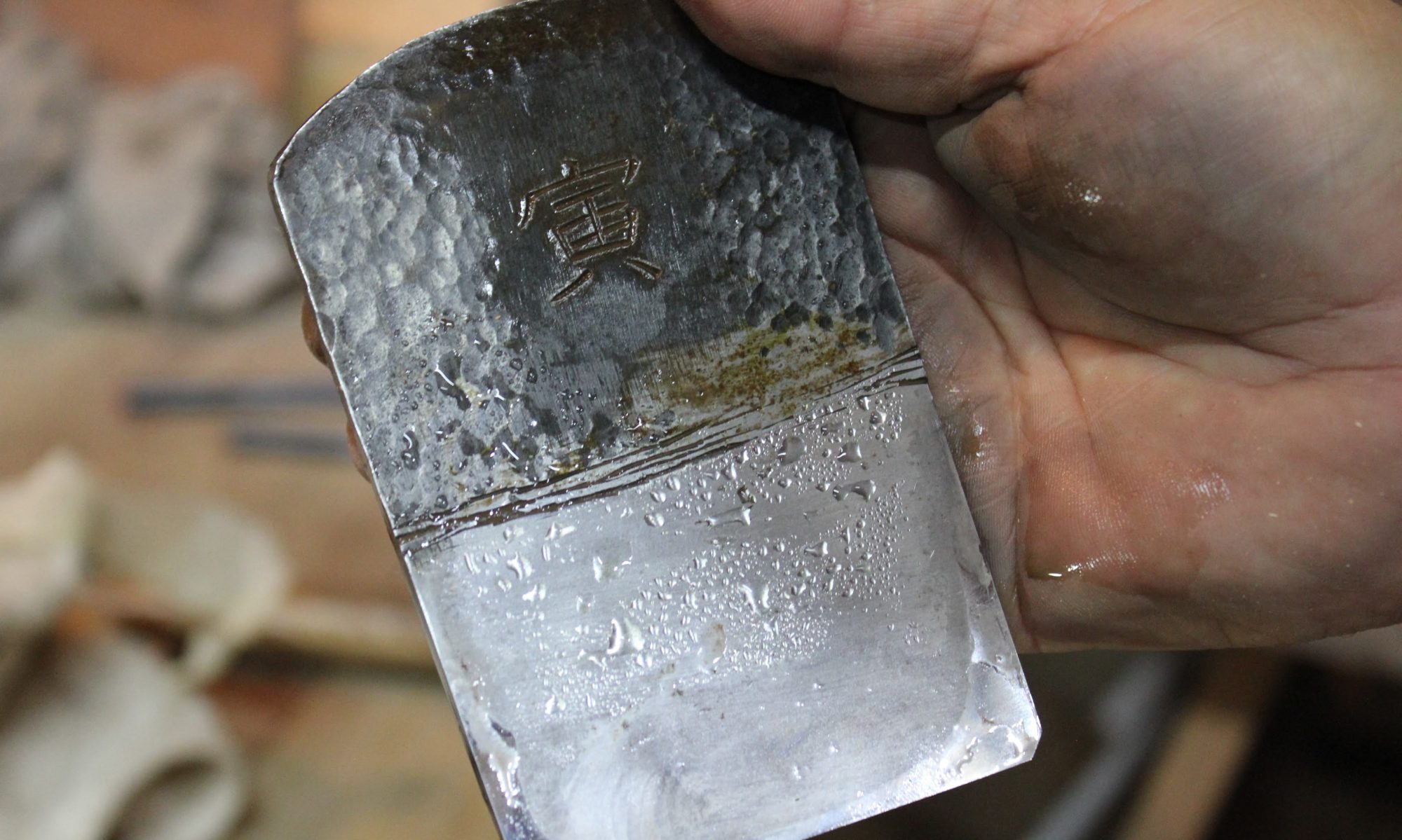Mashiro Kudo | 910 Mokko Woodwork
On a humid Tokyo afternoon late this Summer we took refuge in the shaded workshop of 910 Mokko Woodwork in Funabashi, Chiba. We sat down and interviewed Masahiro Kudo, the founder and craftsman inspiring a younger generation of woodworkers with his meticulous attention to detail and Instagram-worthy Japanese joinery, all made by hand of course.
JWA: What’s the item you’re most proud of making and why?
MK: I’m most proud of making this original sake cup (masu). The sake cup has been made in Japan for a long time, however, my sake cup is made slightly different from traditional ones by using special joints and precious wood.

JWA: What tool or woodworking technique gives you the most pleasure to use or perform?
MK: These are chisels (nomi) and saws (nokogiri). Some woodworking processes are difficult with machines, but can be performed precisely with these tools.

JWA: What’s the most difficult and complex piece of woodwork you’ve made?
MK: This small drawer below was the most complex and difficult to make. It’s joinery was completed with the smallest of hand tools. This way of assembling takes time and patience.

JWA: Describe your favourite tool in your workshop – what it is and why you love it so much.
It’s hard to decide, but my favourite is a chisel. This tool is essential for wood-joint processing. You can easily change the direction of the blade to fit the appropriate need. It can also be used for engraving. An antique chisel my teacher showed me is a work of art and highly valuable. I like chisels which are both beautiful and functional.

JWA: What is your favourite wood to make items with?
MK: I’ve used various kinds of wood yet, nowadays, I’m fascinated by walnut. It has profound looks and excellent durability, furthermore, it’s relatively easy to work with.
JWA: Where do you source the majority of your wood?
MK: I purchase my wood stock from a manufacturer based in Hokkaido, Northern Japan. They source wood from everywhere, including domestically and from Russia and America. The walnut I use is from abroad.
JWA: Which wooden structure (building or temple) in Japan would you recommend UK visitors to see?
MK: I recommend Kanazawa City in Ishikawa Prefecture. The city of Kanazawa has a beautiful old Japanese landscape. ‘Tuzumimon’, a newly completed wooden gate at Kanazawa Station, is very beautiful and spectacular.

JWA: What (or who) inspired you to have a career in woodwork?
MK: I was strongly influenced by Shigeaki Kuribayashi, a teacher of Furniture Production at my vocational school. My starting point was the first small drawer I made at school. Now I’m teaching woodworking at that very same school.
JWA: Which person do you admire in modern/contemporary Japanese woodwork?
MK: His name is Junichi Maeda. He has a workshop called m4 in Matsumoto City, Nagano Prefecture. Maeda-san is working on many works that combine different materials such as wood and iron. The work is very beautiful and unique.
JWA: Which person do you respect most in traditional Japanese woodwork?
MK: The person I respect most is Shigeaki Kuribayashi, a teacher at my school, who was awarded the order of Modern Master Craftsman (現代の名工 Gendai no Meiko) for Furniture Production from the Ministry of Health, Labor and Welfare.
JWA: How do you share your woodcraft knowledge with others in Japan?
MK: I teach junior high school teachers in woodworking technical training. From the start of this month, I will also teach woodworking as a lecturer at a vocational training school once a week.

JWA: Are you optimistic or pessimistic about the future of Japanese woodwork? (Are you confident the traditions, tools and techniques of Japanese woodwork will be around in 100 years time?)
MK: Nowadays, there are certainly fewer craftsmen who can handle traditional Japanese techniques. However, I believe our traditional wooden works will surely be inherited in the future as long as there are people who are attracted by wooden works, be they furniture, buildings or other items. I will do my best to improve my skills and teach those who want to learn wooden techniques.
JWA: Thanks so much for that insight Masahiro, great to meet you!

More Information
JWA Featured Maker Profile: Masahiro Kudo
Website: 910mokko.net
Email: 910mokko@gmail.com
Instagram: www.instagram.com/910mokko_woodwork
Address: 4-16 Asahicho, Funabashi, Chiba 273-0041, Japan
Google Map Link: https://goo.gl/maps/omuuza8xtFAgToAS9

